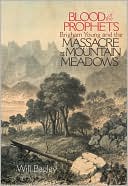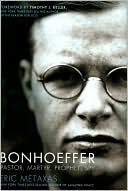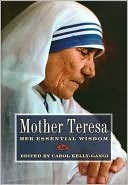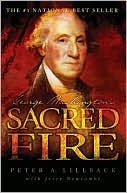Blood of the Prophets: Brigham Young and the Massacre at Mountain Meadows
Search in google:
Tells the story of the Mountain Meadows massacre, one of the West's most controversial historical subjects and the single most violent incident in the history of America's overland trails. Traces the crime from its origins in the bitter struggles of the Latter-day Saints in Missouri and Illinois to its legacy of lies and betrayal, which still haunts Utah today. Publishers Weekly In 1950, Utah historian Juanita Brooks stunned the Mormon community when she published The Mountain Meadows Massacre, a detailed and careful history of LDS involvement in the 1857 slaughter of an emigrant party from Arkansas headed for California. She argued that Mormons had instigated the attack and then covered up the bloodshed with a vow of secrecy. However, based on the available evidence in the 1940s, her research did not indicate that Brigham Young, the president of the Church, had ordered the attack. Enter this account by Salt Lake Tribune columnist Bagley, who draws respectfully from Brooks's work and also unpublished diaries, letters and other documents to raise the ultimate question: "What did Brigham Young know, and when did he know it?" In this meticulously researched and well-argued book, Bagley provides ample evidence to demonstrate that Young was at least an accessory after the fact, who led the effort at a coverup and eventually scapegoated John D. Lee, a massacre participant who was executed in 1877. Bagley's book presents some new and fascinating source material: accounts by the Paiutes who participated in the attack, memories of the young children who survived it and, most interestingly, the voices of those Mormon objectors who refused to cooperate in the massacre or who dared to break the silence about it afterward. Bagley also does a fine job of situating the massacre within the context of the Mormon Reformation, a short but intense period of fundamentalist zealotry. Although it's not flawless, this study will, like Brooks's, stand the test of time as a reflective and well-researched history of Mormonism's darkest hour. (Sept.) Forecast: There has been a burst of recent interest in the atrocity, including Sally Denton's American Massacre (coming from Knopf) and Judith Freeman's novel Red Water (Pantheon, Jan. 2002). In May, three historians employed by the Church of Jesus Christ of Latter-day Saints announced their own plans to do a full-scale interpretive history of the subject, tentatively titled Tragedy at Mountain Meadows (Oxford, 2003). After that book's publication next year, all relevant documents owned by the Church will be made available to the public for the first time, so there may be still more interpretations in the offing. Copyright 2002 Cahners Business Information.
List of IllustrationsXIList of MapsXIIPrefaceXIIIAcknowledgmentsXXIPrologue: The Mountain Meadow31Their Innocent Blood Will Cry unto the Lord of Hosts62The Battle-Ax of the Lord233Political Hacks, Robbers, and Whoremongers384The Arkansas Travelers555I Will Fight Them and I Will Fight All Hell736We Are American Citizens and Shall Not Move957The Knife and Tomahawk1238The Work of Death1409The Scene of Blood and Carnage15610Plunder17111All Hell Is in Commotion18812They Have Slain My Children20813Vengeance Is Mine22514A Hideous Lethargic Dream24815Lonely Dell26816As False as the Hinges of Hell: The Trials of John D. Lee28717He Died Game: The Execution of John D. Lee30718The Mountain Meadow Dogs32319Nothing but the Truth Is Good Enough348Epilogue: The Ghosts of Mountain Meadows365AppendixVictims of the Massacre385Notes391Bibliography447Index475








